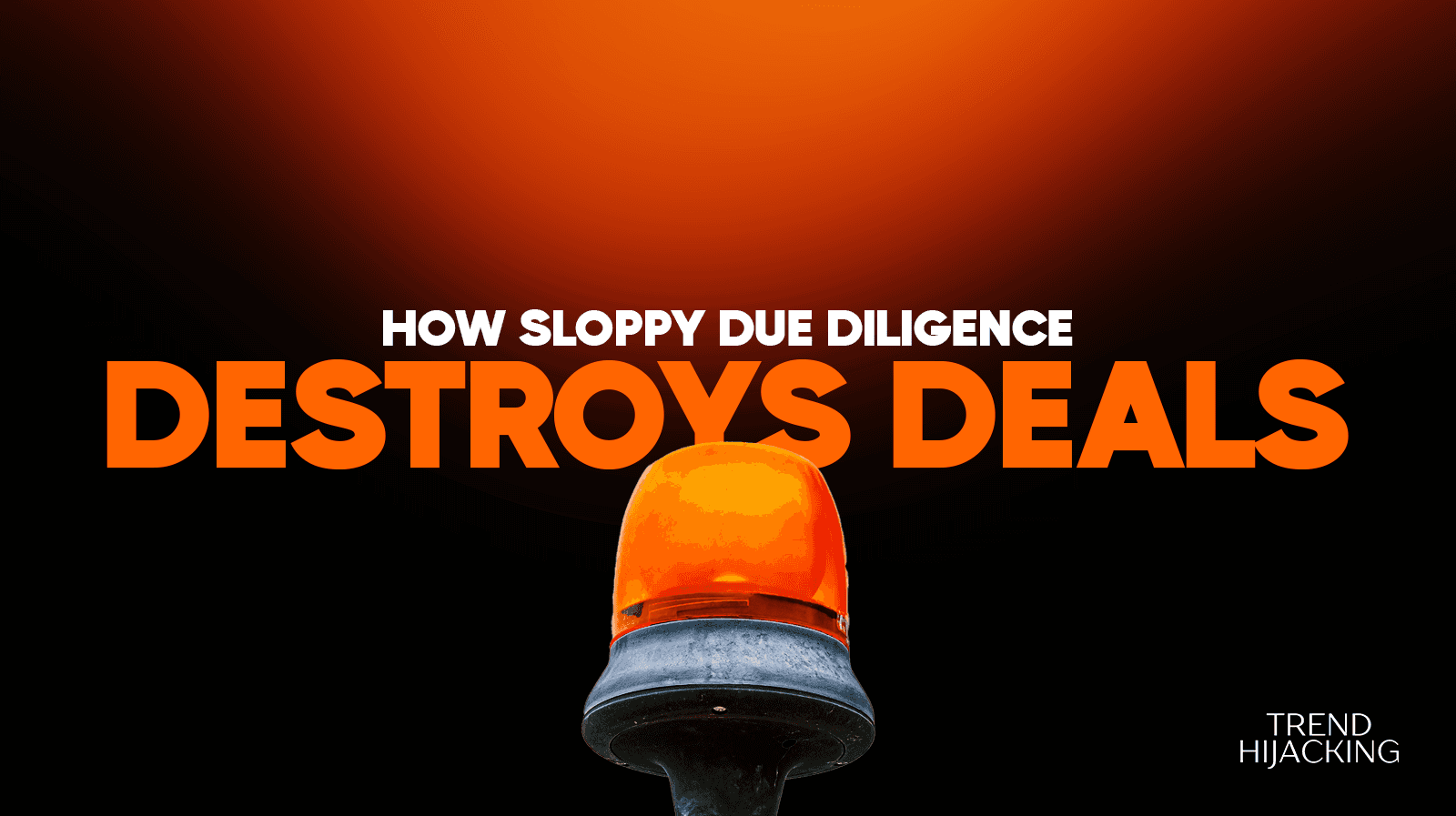Overview
313 Clothing is a US-based, faith-driven fashion brand that blends culture, identity, and spiritual expression into streetwear-style apparel. The brand leverages a print-on-demand model via Printify, allowing for automated fulfillment and minimal operational overhead. With over $101K in revenue and $52K in profit in under a year, it claims a loyal audience and potential for significant growth in untapped spiritual fashion markets.
While the concept is strong and brand presentation is impressive, a deeper dive into the performance metrics, marketing funnel, and financial consistency raises concerns about its current momentum. October marked a peak in revenue and profits, followed by a visible and sustained decline, suggesting volatility in customer acquisition or poor retention.
Key Insights
Website Performance & Metrics
Website Speed: Fast load times and responsive design enhance usability, especially for mobile traffic. No apparent lags or structural issues.
Product Variation & SKUs: The store offers a focused but adequate range—primarily hoodies, tees, and a few seasonal items. Not an overwhelming catalog, but enough to cater to style and size diversity.
Average Order Value (AOV): $70. This is healthy for POD apparel and reflects a premium product positioning. Likely driven by bundled purchases or premium product pricing.
Customer Lifetime Value (CLTV): With only 1,518 orders from 2,499 customers, CLTV appears limited. Suggests many customers are one-time buyers.
Repeat Customer Rate: Data not explicitly provided, but the order/customer ratio indicates low repeat engagement (approx. 1.6 products per customer).
Website Conversion Rate: Unavailable, but given the sharp drop after October, this may have declined post-peak marketing efforts. Likely in the 1–2% range, typical for fashion eCommerce.
Website Design & Presentation: Clean, bold branding. Faith-based identity is woven throughout. Consistent visuals and cohesive product photography position the brand well against competitors.
Brand Positioning & Customer Sentiment: The brand carves a unique niche—faith-inspired streetwear with strong cultural resonance. However, no verified customer reviews on Trustpilot or other third-party platforms weakens social proof and trust-building.
Marketing Efficiency: Likely highly reliant on organic social media and perhaps influencer marketing during initial peaks. Current engagement levels appear to be tapering off, which correlates with revenue decline.
Customer Acquisition Cost (CAC): Not disclosed. The post-October downturn suggests either rising CAC or diminishing ROAS on existing campaigns.
Scalability: The automated fulfillment model via Printify supports scale. However, customer retention and CAC need optimization to make scaling cost-effective.
Product Offering & Marketing Angle: Strong differentiation in the “faith x fashion” crossover. There's potential to reposition further with cultural events, seasonal launches, or limited-edition drops to drive urgency and deepen emotional connection.
Finances
Total Revenue: $101,675
Total Profit: $52,686
Monthly Revenue (avg): $11,297
Monthly Profit (avg): $5,854
Profit Margin: ~52% (solid for print-on-demand)
Profit Multiple: 2.2x (on the high side for a declining-growth business)
Revenue Multiple: 1.1x (reasonable, but declining metrics raise concerns)
Important Observation: Revenue and profit appear to be inflated by a single spike in October. The months before and after show a clear downward trend—suggesting one-time marketing, seasonality, or viral exposure rather than sustainable growth.
Marketing (Paid & Organic)
Organic Presence: The business has cultivated an Instagram and likely TikTok presence, but details on current reach and engagement rates are missing. Past traction may have been driven by a single viral post or influencer campaign.
Paid Ads: No evidence of sustained paid marketing strategies like Meta Ads or Google Ads. The October spike may have been paid ad-driven or influencer-fueled without retention efforts.
Email List: 1,968 subscribers. This list can be a valuable asset if leveraged properly, though there’s no indication of nurturing sequences, regular email marketing, or promotions.
Affiliate or Influencer Marketing: Potentially used in early growth, but there's no detailed attribution breakdown or campaign documentation shared.
Operational Efficiency
Fulfillment: Fully automated via Printify. This ensures lean operations and easy handoff for new ownership.
Owner Involvement: Not stated, but likely minimal due to automation. Key roles may involve customer support, marketing execution, and design oversight.
Team/Support: No mention of VAs or contractors. Would need clarity on customer support processes and response times.
Customer Data & Relationships
Customer Count: 2,499 unique customers
Order Volume: 1,518 total orders—suggesting low average frequency of repeat orders
Engagement & Loyalty: No review system or loyalty program is apparent. While the brand claims a “loyal audience,” the numbers don’t back this up yet.
Email List: Sizeable but unclear if segmented or actively monetized.
Reviews & Ratings: No reviews on Trustpilot or other platforms = low trust signals for new customers.
Legal & Compliance
Trademark/IP: No mention of brand trademark registration. This is critical for a niche identity-driven brand.
Data Compliance: No cookie policy or GDPR/CCPA statements visible on the site. Needs audit before scaling.
Design Ownership: Designs are labeled “exclusive,” but there is no verification of original artwork ownership or licensing details.
Challenges Identified
Revenue Volatility: The brand's revenue is not consistent month-to-month. October was a peak month, possibly driven by an isolated campaign.
Declining Growth: Post-peak performance shows clear signs of stagnation or drop-off.
High Profit Multiple: 2.2x multiple is steep considering recent underperformance.
Weak Customer Retention: Very few repeat orders, limited LTV data, and lack of loyalty-driving initiatives.
No Social Proof: No public reviews or ratings limits buyer trust and credibility.
Limited Operational Data: CAC, ad spend, and conversion rates are not disclosed. These are essential for scaling decisions.
Legal Uncertainty: Trademark and design ownership need verification before brand expansion.
Recommendations
Seller Interview:
Clarify recent month-by-month revenue/profit trends.
Understand October’s spike—was it paid ads, viral exposure, influencer collaboration?
Ask for CAC, ROAS, and marketing breakdowns.
Request access to email marketing campaigns and open/click rates.
Marketing Diagnostics:
Evaluate current Instagram/TikTok engagement.
Test paid ads with small budget to assess CAC and ROAS.
Create a customer retention funnel using email/SMS strategies.
Operational Clarity:
Confirm if any contractors or VAs are supporting the business.
Get a breakdown of Printify fees, delivery timelines, and refund logistics.
Brand & Legal Protections:
Register the brand name and logos as trademarks if not done.
Verify that all designs are original or licensed appropriately.
Social Proof & Community Building:
Launch a review collection strategy (Trustpilot, Google Reviews).
Create loyalty incentives or a faith-inspired ambassador program to increase CLTV.
Conclusion
313 Clothing is an appealing brand concept with solid design, a clear niche, and automation already in place. However, revenue instability and weak customer retention are red flags that cannot be overlooked. The October spike suggests potential, but the lack of consistency post-spike raises questions about marketing sustainability and operational discipline.
If these performance issues are clarified and recent financial declines explained with transparency, the brand could represent a scalable opportunity. At the current asking multiple, however, negotiation or further validation is advised before proceeding.












